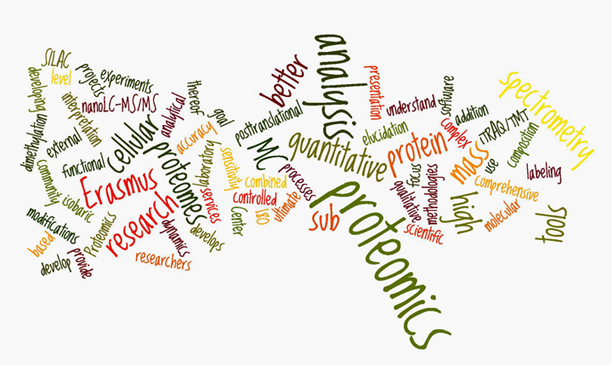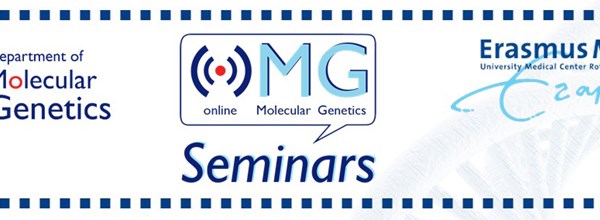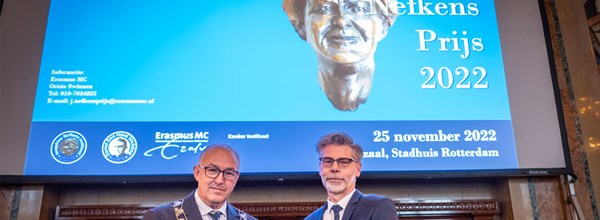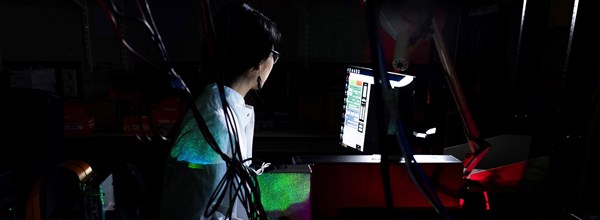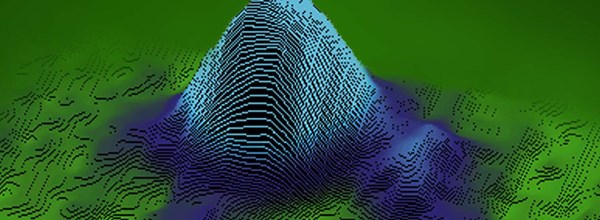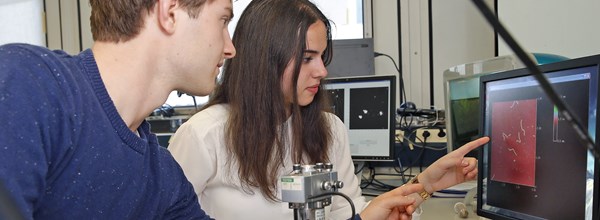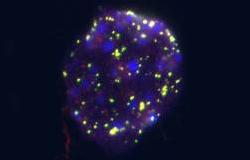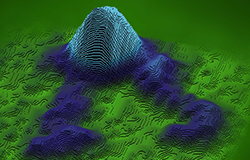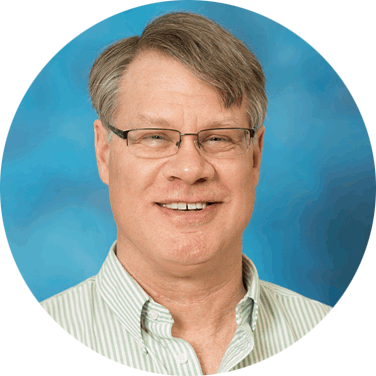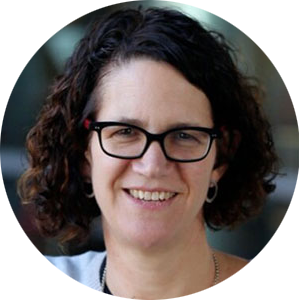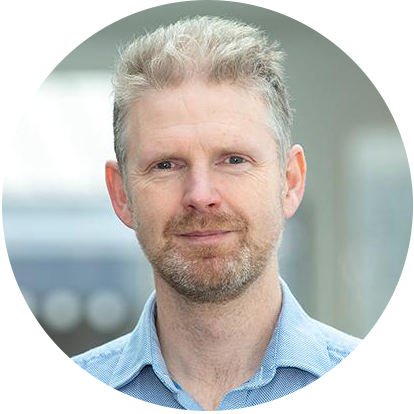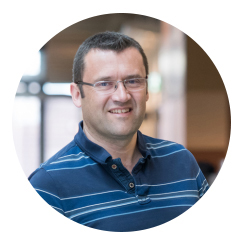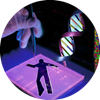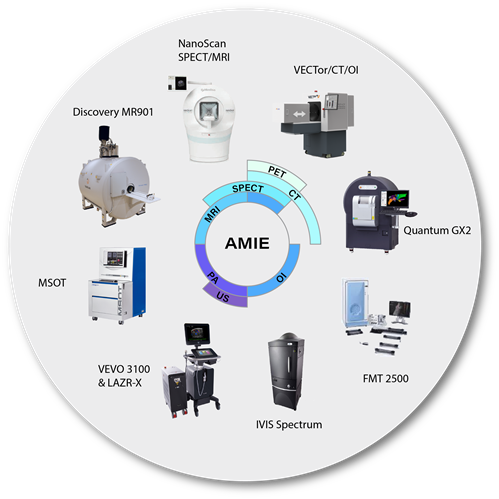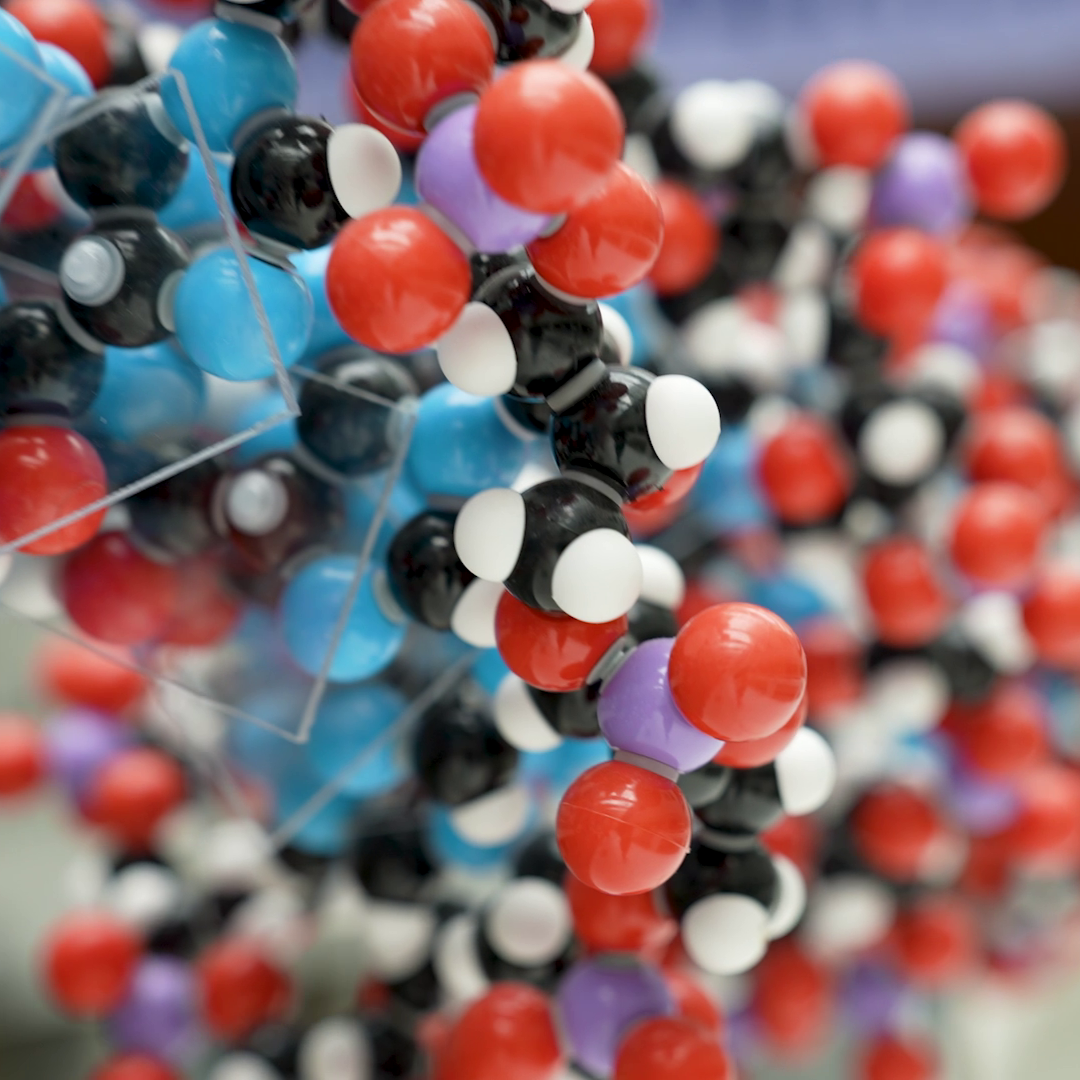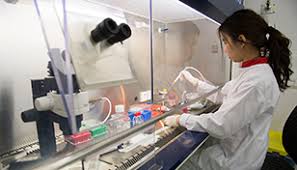Research
Our research, mission and vision
Background information
The department Molecular Genetics is headed by Roland Kanaar and focuses on how the integrity of DNA is maintained by the DNA damage response, a process central to the present-day problems of cancer and aging-related diseases.
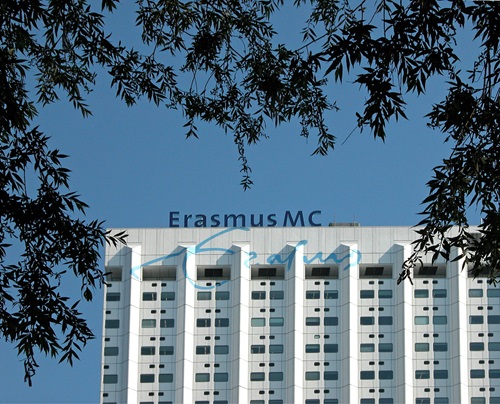
Our department has a long history and world-wide reputation in understanding mechanisms of the DNA damage response from defined molecular level to the complex context of physiological processes. Its fundamental studies of molecular mechanisms provide the basis for the rational design and development of novel targeted therapies and evidence-based sustainment of health.
Our ambitions
- Address the fundamental molecular mechanistic aspects of the DNA damage response by pursuing complementary and interwoven approaches at molecular and cellular levels.
- Provide a rational basis for improving existing approaches and developing novel and innovative precision therapies for cancer and aging-related diseases.
- Bring to the clinic better criteria and tools for individual patient selection for precision therapy concerning cancer.
- Develop reliable prognostic tools for treatment of cancer and aging-related diseases. Educate and train the next generation of multidisciplinary life scientists and healthcare professionals.

Our mission
Our mission is to generate fundamental mechanistic knowledge on the DNA damage response through multi-disciplinary and innovative research. As we collaborate with our colleagues in the clinic, we aim at clinical translation by developing novel targeted therapies to improve outcomes and increase the quality of life of cancer patients and to extend the healthy lifespan of the ageing population.
Principal Investigators
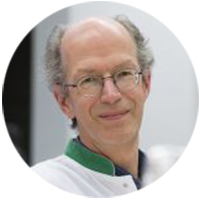 |
DNA Repair Research for Optimized Tumor Treatment |
 |
Circadian Rhythms in Aging and Disease |
 |
Chronobiology and Health |
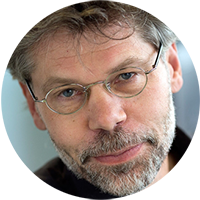 |
Homologous Recombination and DSB metabolism |
 |
DNA Mismatch Repair |
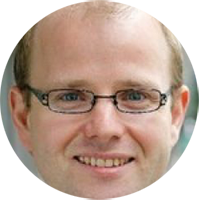 |
Transcription Stress and Genome Stability |
 |
Radiobiology of targeted radionuclide therapy |
 |
Single Cell Technology for Cancer Biology |
 |
DNA replication stress and genome instability |
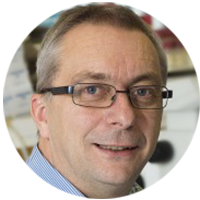 |
Nucleotide Excision Repair |
 |
Chromatin Remodeling and Replication |
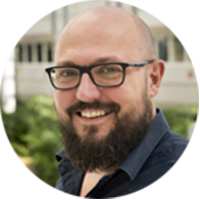 |
DNA repair mechanisms and disease |
 |
Molecular Mechanisms of Cardiovascular Aging |
 |
In vivo molecular imaging of Cancer and Cardiovascular disease |
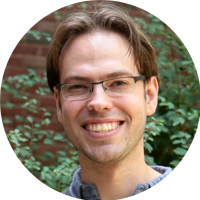 |
Optogenetics and Imaging Methods |
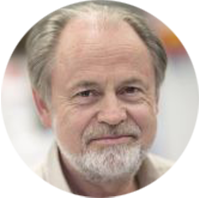 |
Aging |
Research Lines
The central research focus of the Department of Molecular Genetics at the Erasmus University Medical Center Rotterdam is the DNA damage response. We analyze this using an integrated approach from the molecular level to the physiological processes in the body, in the context of cancer, aging and aging-related diseases.
The four research lines underlying the central theme are:
- DNA Recombination and Replication in Cancer
- Transcription Stress in Ageing and Age-Related Pathologies
- Genome Maintenance Mechanisms: From Rare Disease to General Population
- DNA Damage-Based Cancer Therapy Development and Response Prediction
The Department of Molecular houses 17 Principal Investigators contributing to the four research lines. The listed distribution of Principal Investigators over the research lines is fluid, due to intradepartmental collaborations and the fact that projects often span different research lines.

Research Line 1 DNA Recombination and Replication in Cancer
This research line investigates the fundamental molecular mechanisms of the DNA damage response, with a focus on homologous recombination, DNA replication-associated mismatch repair, and the DNA replication stress response. We employ and develop cutting-edge methodologies, including single-molecule biochemistry and biophysics, alongside advanced genomics, proteomics, and microscopy techniques. Our microscopy approaches span high-content and super-resolution imaging, as well as structural techniques such as AFM/SFM and EM, enabling precise analysis of chromatin organisation and genome maintenance dynamics.
By integrating these technologies, we aim to elucidate the complex molecular interactions that safeguard genome integrity, dissect chromatin composition, and resolve three-dimensional genome architecture in the context of DNA repair. The overarching goal is to define the molecular circuits that orchestrate DNA damage response processes and their crosstalk with broader cellular pathways. This mechanistic insight is crucial for identifying novel molecular targets and biomarkers, driving the development of mechanism-based interventions. Ultimately, this knowledge underpins the refinement of existing strategies and the innovation of next-generation precision therapies for cancer.

Research Line 2 Transcription Stress in Aging and Age-Related Pathologies
DNA damage constitutes a major cause of cellular dysfunction, cell death and cellular senescence which are all key drivers of the ageing process. Several rare DNA repair disorders exhibit premature ageing and age-related diseases. Our department pioneered the connection between DNA damage and ageing by generating unique DNA-repair-deficient mouse models that closely mimic human premature ageing syndromes. We also developed advanced imaging and multi-omics approaches, leading to the discovery of DNA damage-driven transcription stress as a fundamental contributor to ageing. Our research investigates transcription-coupled repair pathways, including TC-NER and the recently in our department identified transcription-coupled DNA-protein crosslink repair pathway.
To study the consequences of transcription-blocking DNA damage, we use both genetically engineered C. elegans and mouse models, each offering unique advantages. Our C. elegans strains enable whole animal live imaging, cell type-specific survival assays, rapid genetic screening, and omics studies to investigate DNA damage-induced transcription stress in differentiated cell types. Our mouse models closely replicate different aspects of DNA repair-deficient progeroid syndromes, providing key insights into the complex mechanisms and pathology of age-related diseases and therefore provide us a distinct advantage to study drivers of ageing.
Notably, our work revealed that DNA damage response activation during chemotherapy, surgery, and organ transplantation can have detrimental effects, which can be mitigated by nutritional interventions. This research, originally focused on rare DNA repair disorders, has now evolved into the development of novel interventions for age-related diseases.

Research Line 3 Genome Maintenance Mechanisms: From Rare Disease to General Population
This research investigates the molecular mechanisms governing the DNA damage response and the pathological consequences of their disruption, from hereditary DNA repair syndromes to broader public health implications. Elucidating these pathways is critical for identifying molecular targets to modulate genome stability, refine therapeutic strategies, and advance next-generation interventions for cancer and age-related diseases.
Our research focuses on nucleotide excision repair, interstrand and intrastrand crosslink repair pathways. Using advanced interaction proteomics and genome-wide genetic screens in cellular and model organisms, we have identified several novel repair factors and their mechanisms of action. We employ state-of-the-art live-cell and single-molecule imaging, integrated with CRISPR/Cas9-mediated gene editing, to investigate DNA repair dynamics in real time. Coupled with biochemical analysis of repair complexes, this multifaceted approach elucidates the molecular mechanisms governing DNA repair, reveals pathway crosstalk within cellular physiology, and deciphers the dynamic interactions driving repair complex assembly and disassembly.
We established functional DNA repair assays that are the international standard for stratification of clinical patients with DNA repair disorders. We employ these assays as a member of the Erasmus MC Expertise Centre for DNA Repair Disorders. This allows genotype-phenotype correlations for mutations in DNA repair genes, yielding not only critical mechanistic insights but also informing patient prognosis. We are currently extending DNA damage response genotype-phenotype correlations by studying the molecular consequences on genome instability of polymorphisms obtained by large GWAS studies from cohorts of the general population, whose general health status has been followed for decades.

- Wim Vermeulen
- Ines Chaves
- Jeroen Essers
- Jan Hoeijmakers
- Hannes Lans
- Jurgen Marteijn
- Joris Pothof
- Ingrid van der Pluijm
Research Line 4 DNA Damaged Based Cancer Therapy Development and Response Prediction
Many anticancer strategies exploit the cytotoxicity of DNA-damaging agents, with treatment efficacy critically dependent on tumour-specific DNA damage response alterations. Since tumours typically exhibit compromised DNA damage response pathways, these deficiencies provide opportunities for refined patient stratification, targeted treatment selection, and the development of precision oncology interventions.
We have established a robust clinic-to-lab pipeline for obtaining tumour resection specimens and biopsies, enabling the development of functional ex vivo assays using viable, organotypic tumour slices from individual patients. Several assays have been validated by correlating ex vivo responses with clinical outcomes. The goal is now to refine this approach for individualized therapy response predictions to support clinical decision-making. This strategy is further extended to Cancer-on-Chip models, which allow real-time monitoring of treatment responses.
In parallel, we have developed imaging-based single-cell omics platforms that integrate high-throughput screening microscopy with detailed genomic, proteomic, and transcriptomic analyses. This approach enables us to characterize distinct cancer cell subpopulations exhibiting clinically relevant phenotypes, thereby identifying targetable pathways and predictive biomarkers.
Our research also examines tumour responses to radiotherapy, including conventional photon irradiation, and proton therapy at the Holland Proton Therapy Centre. Furthermore, we study the cellular mechanisms of targeted radionuclide therapies in preclinical models and clinical contexts. The overarching aim is to identify biomarkers that enable individualized therapy selection (radiation dose, radionuclide characteristics) and optimize radiation-induced DNA damage to expand therapeutic windows.

More information can be found at:
Projects
Notable results
Breakthrough discoveries
- First molecular cloning of a chromosome translocation break point in cancer, providing insight in the molecular basis of cancer and enabling development of the first cancer type specific drug (Imatanib/Gleevec)
- Molecular cloning of the first mammalian DNA repair gene and discovery of the very strong evolutionary conservation of DNA repair
- Discovery of the connection between transcription and DNA repair and identification of human transcription syndromes
- Discovery of the role of mammalian photolyase paralogs in the circadian/biological clock
- Discovery of the connection between the DNA damage response
- Identification of nutritional interventions for the treatment of human DNA repair syndromes exhibiting accelerated aging
- Discovery of the pathways of random DNA integration in mammalian genomes
Publications
Please visit Pure for all our Research output
Our key papers:
M. Tresini, D.O. Warmerdam, P. Kolovos, L. Snijder, M.G. Vrouwe, J.A. Demmers, W.F. van IJcken, F.G. Grosveld, R.H. Medema, J.H. Hoeijmakers, L.H. Mullenders, W. Vermeulen and J.A. Marteijn.
The core spliceosome as target and effector of non-canonical ATM signaling.
Nature, 523: 53-58 (2015)
doi: 10.1038/nature14512. PMID: 26106861
C. Dinant, G. Ampatziadis-Michailidis, H. Lans, M. Tresini, A.F. Theil, W.A. van Cappellen, H. Kimura, J. Bartek, M. Fousteri, A.B. Houtsmuller, W. Vermeulen and Marteijn, J.A.
Enhanced chromatin dynamics by FACT promotes transcriptional restart after DNA damage.
Molecular Cell 51: 469-79 (2013).
doi: 10.1016/j.molcel.2013.08.007. PMID: 23973375
P. Schwertman, A. Lagarou, D.H. Dekkers, J. Raams, A.C. van der Hoek, C. Laffeber, J.H. Hoeijmakers, J.A. Demmers, M. Fousteri, W. Vermeulen and J.A. Marteijn.
UV-sensitive syndrome protein KIAA1530 recruits USP7 to regulate transcription coupled repair.
Nature Genetics 44: 598-602 (2012).
doi: 10.1038/ng.2230. PMID: 22466611
P.M. Krawczyk, B. Eppink, J. Essers, J. Stap, H. Rodermond, H. Odijk, A. Zelensky, C. van Bree, L.J. Stalpers, M.R. Buist, T. Soullié, J. Rens, H.J. Verhagen, M.J. O'Connor, N.A. Franken, T.L. ten Hagen, R. Kanaar and J.A. Aten.
Mild hyperthermia inhibits homologous recombination, induces BRCA2 degradation, and sensitizes cancer cells to poly (ADP-ribose) polymerase-1 inhibition.
Proc. Natl. Acad. Sci. USA 108, 9851-9856 (2011).
doi: 10.1073/pnas.1101053108. PMID: 21555554
M. Modesti, M. Budzowska, C. Baldeyron, J.A. Demmers, R. Ghirlando and R. Kanaar. RAD51AP1 is a structure-specific DNA binding protein that stimulates joint molecule formation during RAD51-mediated homologous recombination.
Molecular Cell 28, 468-481 (2007).
PMID: 17996710
K. Hanada, M. Budzowska, S.L. Davies, E. van Drunen, B.H. Beverloo, A. Maas, J. Essers, I.D. Hickson and R. Kanaar.
The structure-specific endonuclease Mus81-Eme1 contributes to replication restart by generating double-strand DNA breaks.
Nat. Struct. Mol. Biol. 14, 1096-1104 (2007).
PMID: 17934473
L.J. Niedernhofer, G.A. Garinis, A. Raams, S.A. Lalai, R.A. Robinson, E. Appeldoorn, H. Odijk, R. Oostendorp, A. Ahmad, W. van Leeuwen, A. Theil, W. Vermeulen, G.T. van der Horst, P. Meinecke, W. Kleijer, J. Vijg, N.G.J. Jaspers, J.H.J. Hoeijmakers.
A new progeriod syndrome reveals that genotoxic stress suppresses the somatotroph axis.
Nature 444: 1038-1043 (2006).
PMID: 17183314
Giglia-Mari, G., Coin, F., Ranish, J.A., Hoogstraten, D., Theil, A., Wijgers, N., Jaspers, N.G., Raams, A., Argentini, M., van der Spek, P.J., Botta, E., Stefanini, M., Egly, J.M., Aebersold, R., Hoeijmakers, J.H., and Vermeulen, W.
A new, tenth subunit of TFIIH is responsible for the DNA repair syndrome trichothiodystrophy group A.
Nature Genetics 36: 714-719 (2004).
PMID: 15220921
J.A. Aten, J. Stap, P.M. Krawczyk, C.H. van Oven, R.A. Hoebe, J. Essers and R. Kanaar.
Dynamics of DNA double-strand breaks revealed by clustering of damaged chromosome domains.
Science 303, 92-95 (2004).
PMID: 14704429
Hoogstraten, D., Nigg, A.L., Heath, H., Mullenders, L.H., van Driel, R., Hoeijmakers, J.H., Vermeulen, W. and Houtsmuller, A.B.
Rapid switching of TFIIH between RNA polymerase I and II transcription and DNA repair in vivo.
Molecular Cell 10: 1163-1174 (2002)
PMID: 12453423
J. de Boer, J.O. Andressoo, J. de Wit, J. Huijmans, R.B. Beems, H. van Steeg, G. Weeda, G.T.J. van der Horst, W. van Leeuwen, A.P.N. Themmen, M. Meradji and J.H.J. Hoeijmakers.
Premature aging in mice deficient in DNA repair and transcription.
Science (research article), 296: 1276-1279 (2002).
PMID: 11950998
W. Vermeulen, S. Rademakers, N.G.J. Jaspers, E. Appeldoorn, A. Raams, B. Klein, W. Kleijer, L. Kjærsgård and J.H.J. Hoeijmakers.
A temperature-sensitive disorder in basal transcription and DNA repair in man.
Nature Genetics 27: 299-303 (2001).
PMID: 11242112
M. de Jager, J. van Noort, D.C. van Gent, C. Dekker, R. Kanaar and C. Wyman.
Human Rad50/Mre11 is a flexible complex that can tether DNA ends.
Molecular Cell 8: 1129-1135 (2001).
PMID: 11741547
Vermeulen, W., Bergmann, E., Auriol, J., Rademakers, S., Frit, P., Appeldoorn, E., Hoeijmakers, J.H., and Egly, J.M.
Sublimiting concentration of TFIIH transcription/DNA repair factor causes TTD-A trichothiodystrophy disorder.
Nature Genetics 26: 307-313 (2000).
PMID: 11062469
A.B. Houtsmuller, S. Rademakers, A.L. Nigg, D. Hoogstraten, J.H.J. Hoeijmakers, W. Vermeulen.
Action of DNA repair endonuclease ERCC1/XPF in living cells.
Science 284: 958-961 (1999).
PMID: 10320375
H. Okamura, S. Miyake, Y. Sumi, S. Yamaguchi, A. Yasui, M. Muijtjens, J.H.J. Hoeijmakers and G.T.J. van der Horst.
Photic induction of mPer1 and mPer2 in Cry-deficient mice lacking a biological clock.
Science 286: 2531-2534 (1999).
PMID: 10617474
G.T.J. van der Horst, M. Muijtjens, K. Kobayashi, R. Takano, S-I. Kanno, M. Takao, J. de Wit, A. Verkerk, A.P.M. Eker, D. van Leenen, R. Buijs, D. Bootsma, J.H.J. Hoeijmakers, A. Yasui.
Mammalian blue-light receptor homologs CRY1 and CRY2 are essential for maintenance of the biological clock.
Nature 398: 627-630 (1999).
PMID: 10217146
K. Sugasawa, J.M.Y. Ng, C. Masutani, P.J. van der Spek, A.P.M. Eker, F. Hanaoka, D. Bootsma and J.H.J. Hoeijmakers.
Xeroderma pigmentosum group C complex is the initiator of global genome repair.
Molecular Cell 2: 223-232 (1998).
PMID: 9734359
G.T.J. van der Horst, H. van Steeg, R.J.W. Berg, A.J. van Gool, J. de Wit, G. Weeda, H. Morreau, R.B. Beems, C.F. van Kreijl, F.R. de Gruijl, D. Bootsma and J.H.J. Hoeijmakers.
Defective transcription-coupled repair in Cockayne syndrome B mice is associated with skin cancer predisposition.
Cell 89: 425-435 (1997).
PMID: 9150142
J. Essers, R.W. Hendriks, S.M.A. Swagemakers, C. Troelstra, J. de Wit, D. Bootsma, J.H.J. Hoeijmakers and R. Kanaar.
Disruption of mouse RAD54 reduces ionizing radiation resistance and homologous recombination.
Cell 89: 195-204 (1997).
PMID: 9108475
H. Roest, J. van Klaveren, J. de Wit, C.G. van Gurp, M.H.M. Koken, M. Vermey, J.H. van Roijen, J.T.M. Vreeburg, W.M. Baarends, D. Bootsma, J.A. Grootegoed and J.H.J. Hoeijmakers.
Inactivation of a ubiquitin-conjugating DNA repair enzyme in mice causes a defect in spermatogenesis associated with chromatin modification.
Cell 86: 799-810 (1996).
PMID: 8797826
Schaeffer, L., Roy, R., Humbert, S., Moncollin, V., Vermeulen, W., Hoeijmakers, J.H., Chambon, P. and Egly, J.M. (1993).
DNA repair helicase: a component of BTF2 (TFIIH) basic transcription factor.
Science 260: 58-63 (1993).
PMID: 8465201
Troelstra, A. van Gool, J. de Wit, W. Vermeulen, D. Bootsma and J.H.J. Hoeijmakers.
ERCC6, a member of a subfamily of putative helicases is involved in Cockayne's syndrome and preferential repair of active genes.
Cell 71: 939-953 (1992).
PMID: 1339317
G. Weeda, R.C.A. van Ham, W. Vermeulen, D. Bootsma, A.J. van der Eb and J.H.J. Hoeijmakers.
A presumed DNA helicase, encoded by the excision repair gene ERCC-3 is involved in the human repair disorders xeroderma pigmentosum and Cockayne's syndrome.
Cell 62: 777-791 (1990).
PMID: 2167179
M. van Duin, J. de Wit, H. Odijk, A. Westerveld, A. Yasui, M. Koken, J.H.J. Hoeijmakers and D. Bootsma.
Molecular characterization of the human excision repair gene ERCC-1: cDNA cloning and aminoacid homology with the yeast DNA repair gene RAD10.
Cell 44: 913-923 (1986).
PMID: 2420469
Westerveld, J.H.J. Hoeijmakers, M. van Duin, J. de Wit, H. Odijk, A. Pastink, R.D. Wood and D. Bootsma.
Molecular cloning of a human repair gene.
Nature 310: 425-429 (1985).
PMID: 6462228
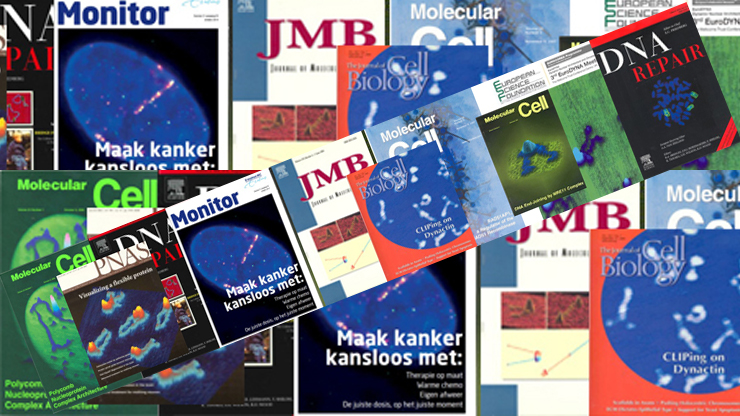
Shared facilities
Research facilities
The department makes use of the following Erasmus MC core facilities:
- Applied Molecular Imaging Erasmus MC (AMIE): AMIE offers multimodal and high resolution in vivo imaging of small animals and tissue. We analyze genetically-engineered mouse models in cancer and aging research.
- Erasmus Center for Animal Research: We generate and house mouse strains.
- Erasmus Optical Imaging Center: An expert center for advanced optical imaging knowledge and equipment. We conduct cell biological analyses of the DNA damage response.
- ERGO: A prospective cohort study on the risk factors and determinants of chronic diseases in middle-aged and elderly persons. We identify circadian disturbance-related epigenetic risk markers for aging related pathologies.
- Generation R: A population-based prospective cohort study from fetal life until adulthood. We identify pre- and early postnatal circadian disturbance-related epigenetic risk markers for later life disease.
- Genomics: Expertise Center for Genomics Research. We conduct sequence-based experiments on the effect of the DNA damage response in cancer and aging at Erasmus Center for Biomics and and HuGe-F.
- iPS facility: We conduct the derivation and distribution of iPSCs for human disease modelling. We derive iPS cells from patients with a DNA damage response defect. We also use it as a user facility location and to conduct onsite training.
- Erasmus MC Proteomics Center: Mass spectrometry-based proteomics services for the Erasmus MC community and external researchers. We conduct biochemical analyses of protein complexes involved in the DNA damage response.
